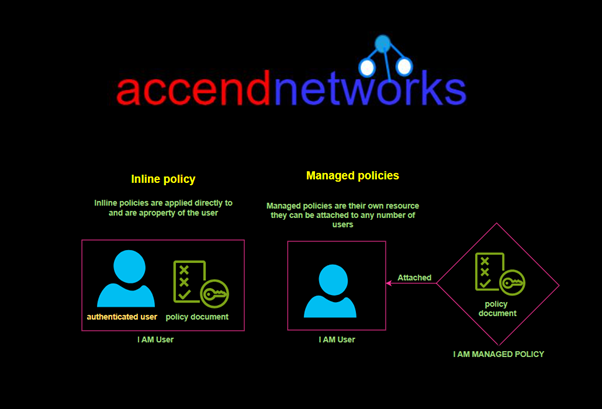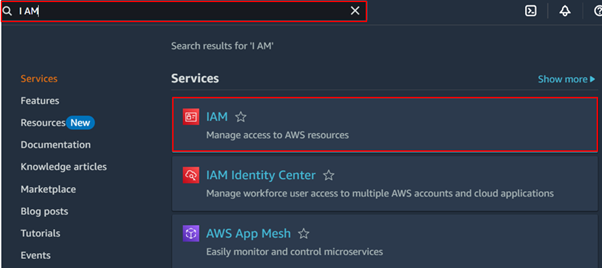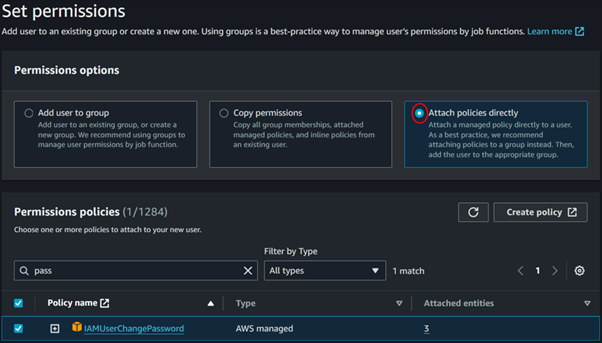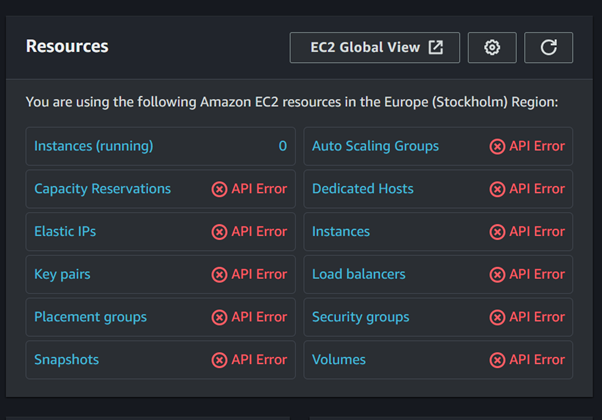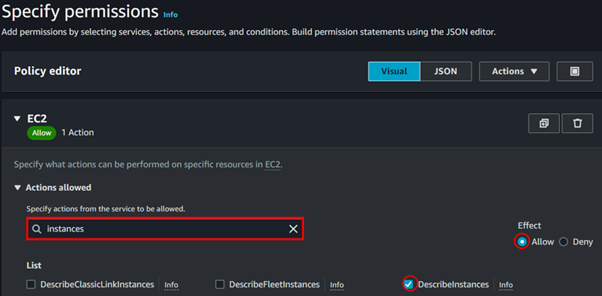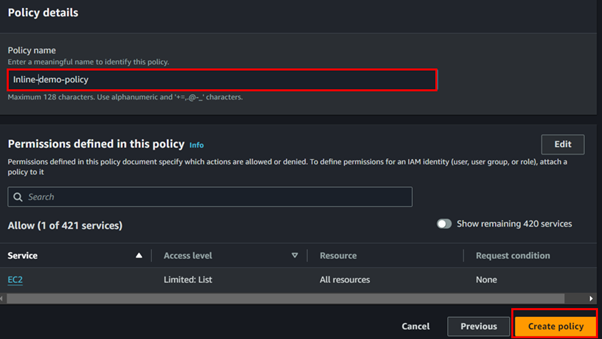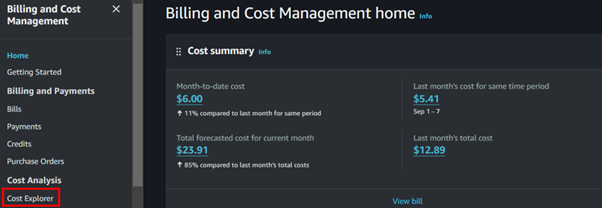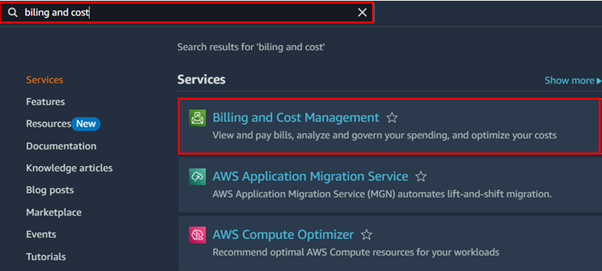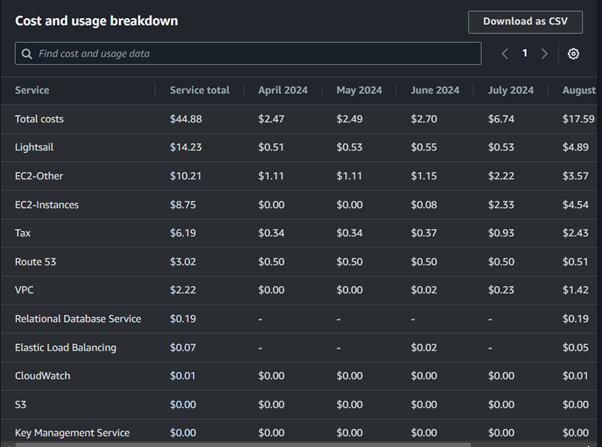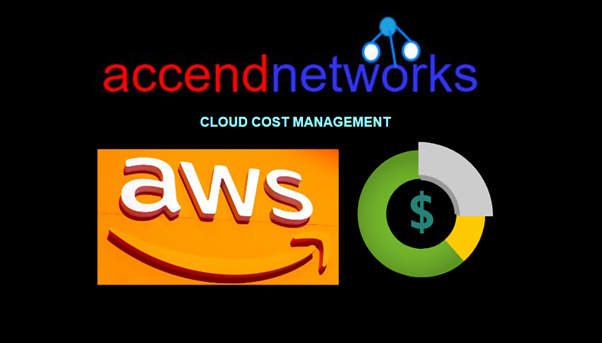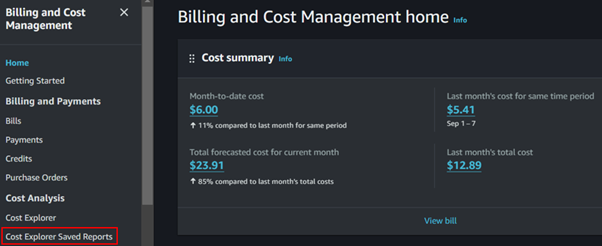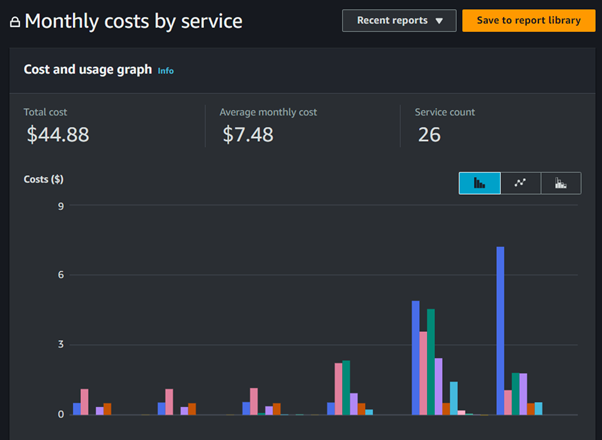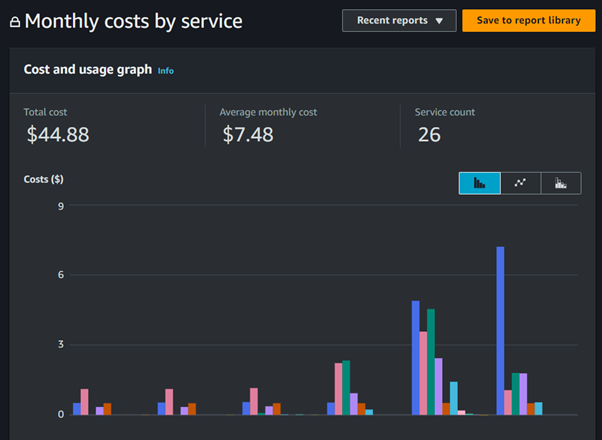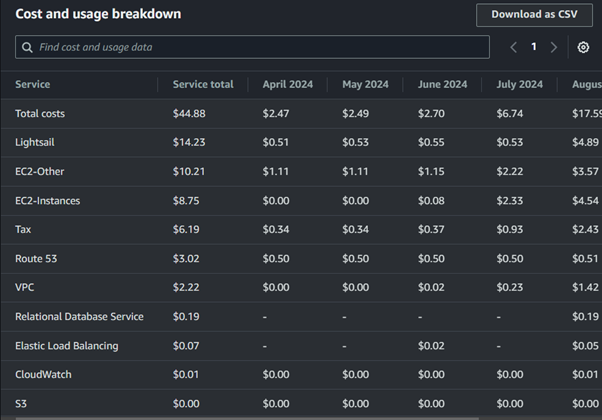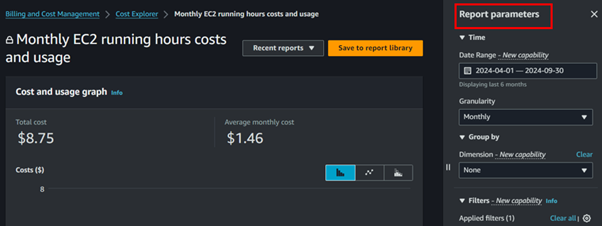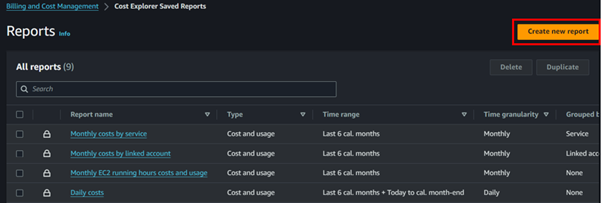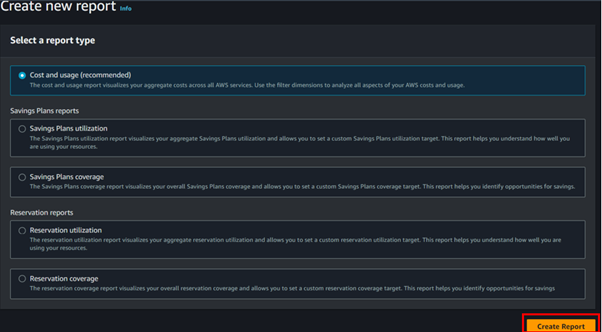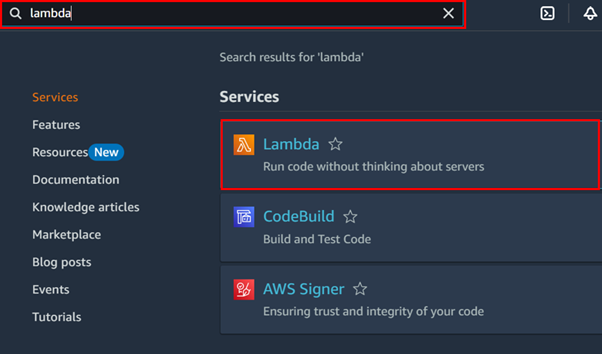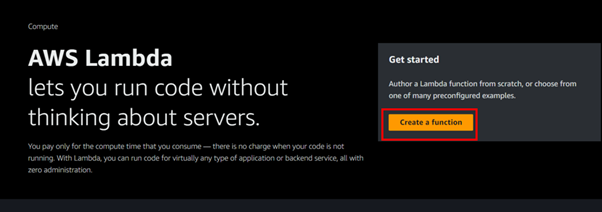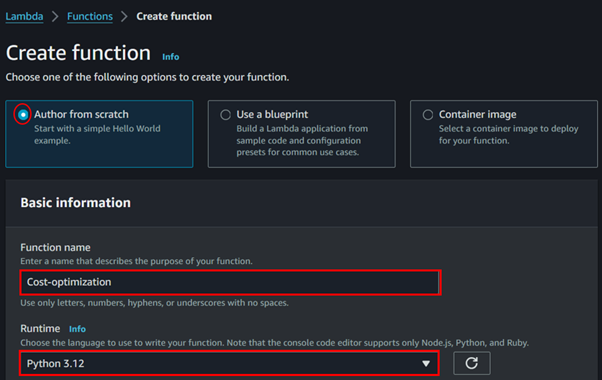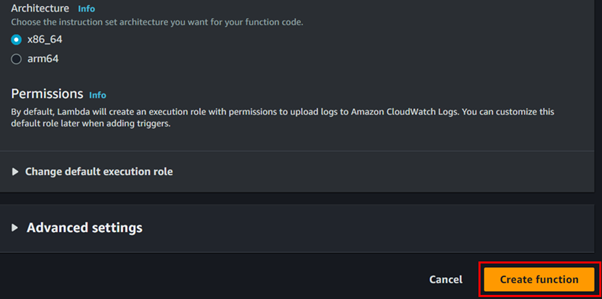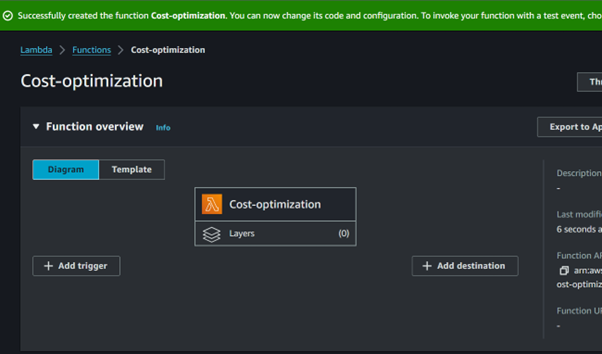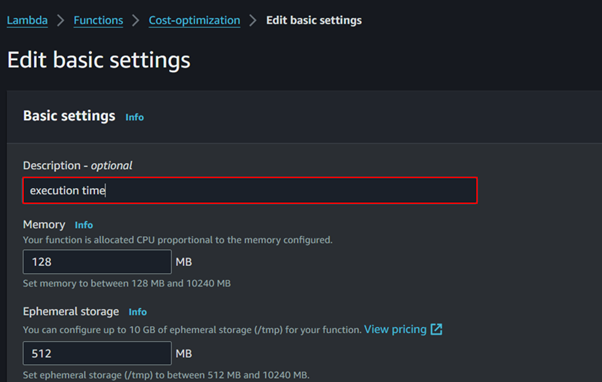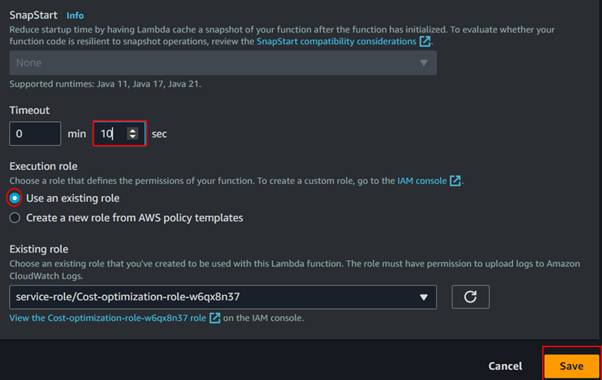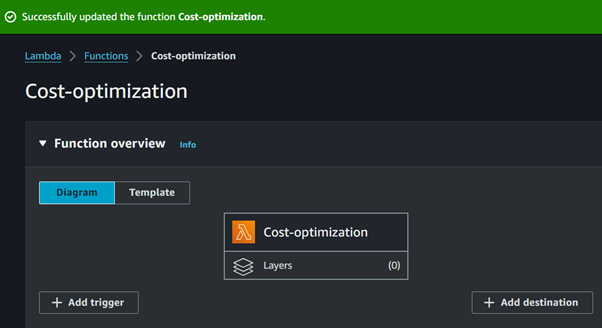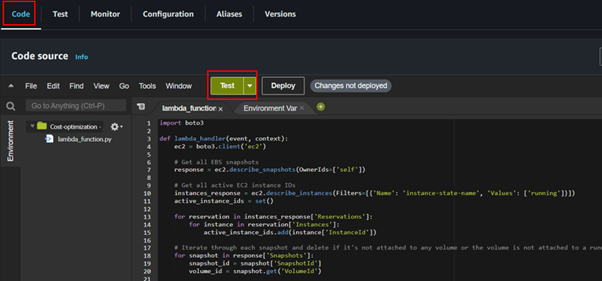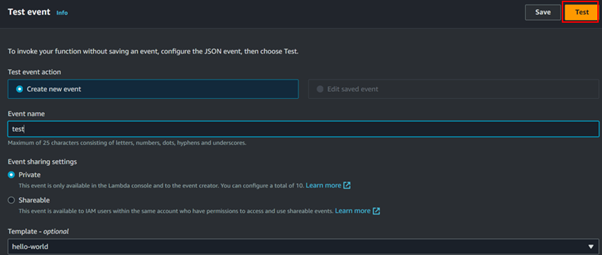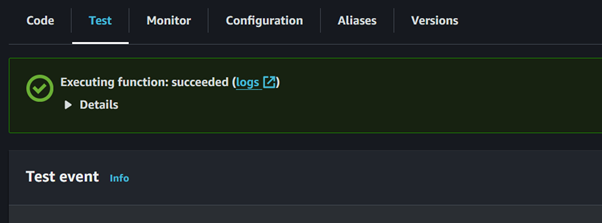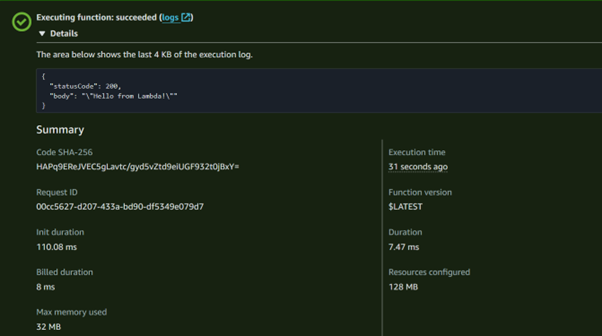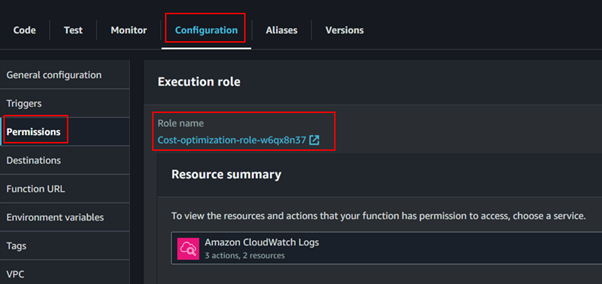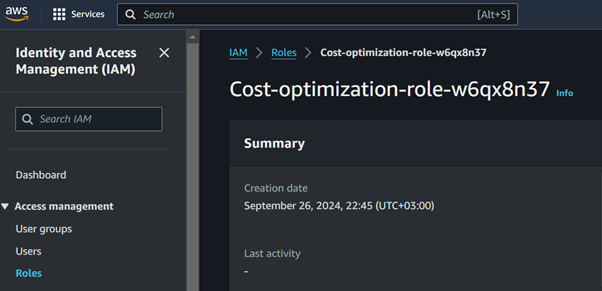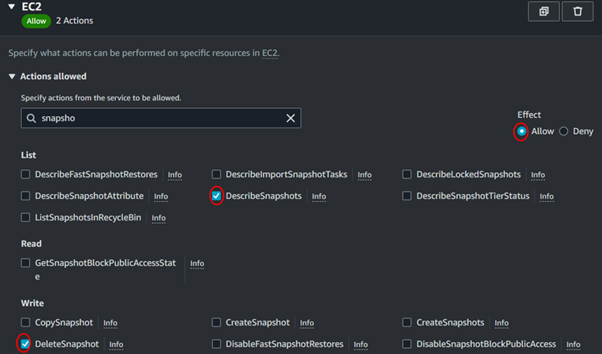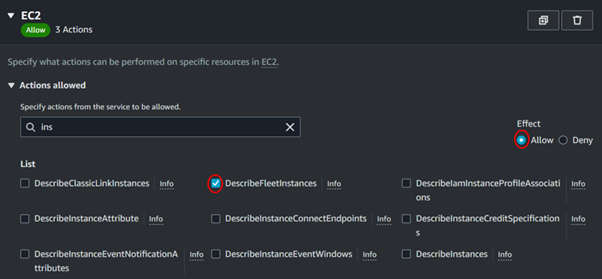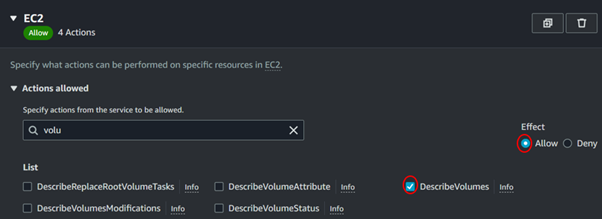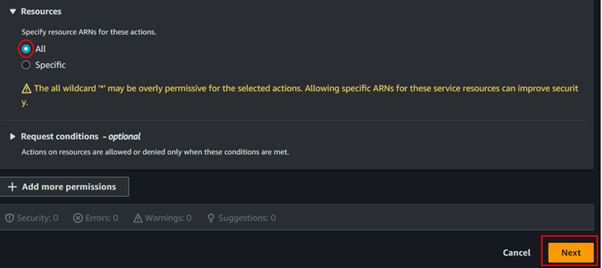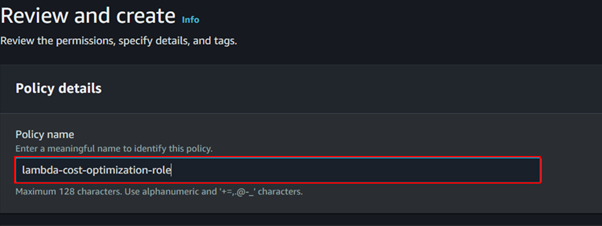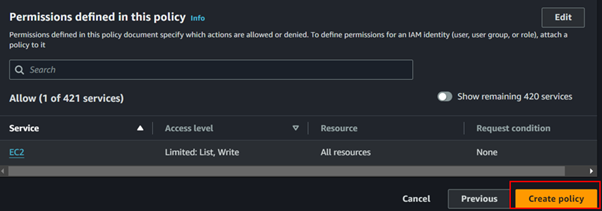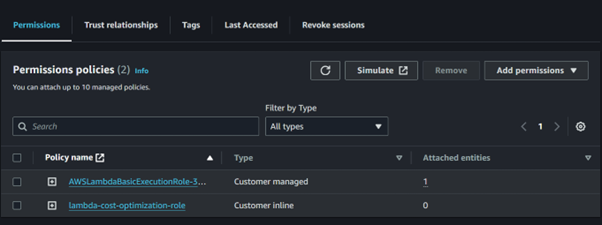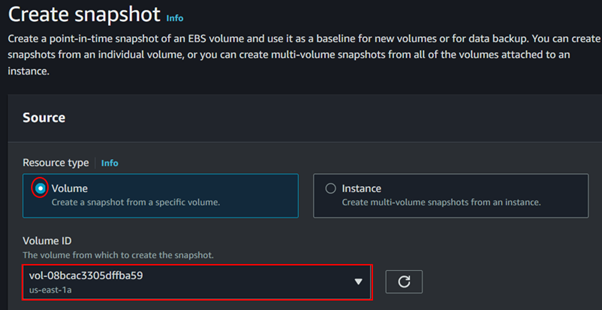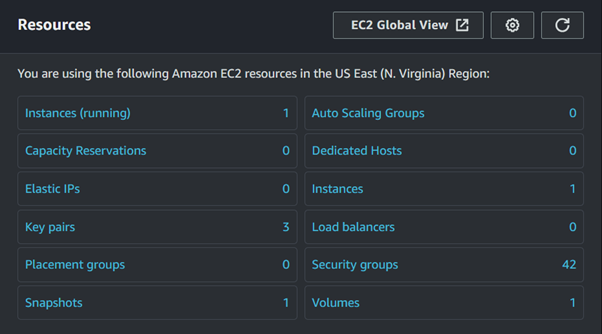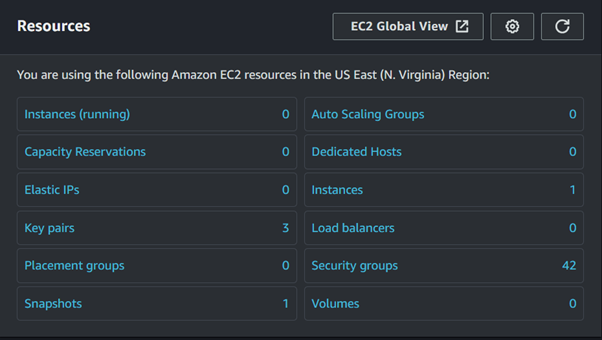Mastering IAM Policies: A Guide to Cloud Security and Access Management
AWS Identity and Access Management (IAM) is at the core of securing your AWS resources by providing fine-grained control over access permissions. IAM policies are essential in defining what actions are allowed or denied on AWS resources. There are two main types of IAM policies: managed policies and inline policies. In this article, we’ll break down these policies.
When thinking about IAM, there are two broad categories to consider, Identities and permissions.
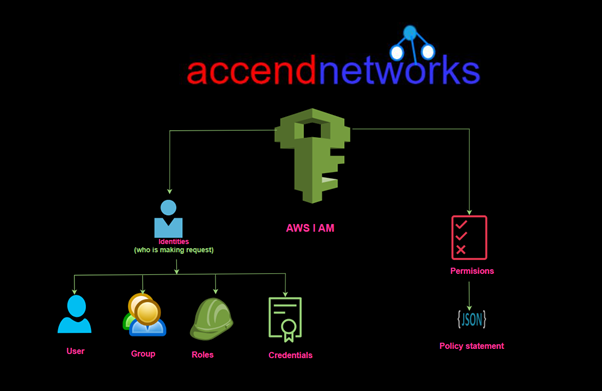
Identities refer to the various mechanisms that AWS provides to identify who is requesting a particular AWS action, authenticate that person or entity, and organize similar entities into groups, all are essential to mastering IAM policies.
Permissions refer to what a particular identity is allowed to do in the AWS account.
Best Practices for IAM Policies: IAM Users
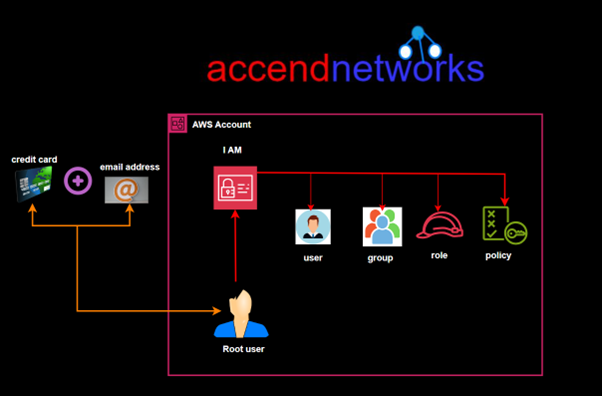
IAM users are individual entities within your AWS account representing people or applications interacting with AWS services. Each IAM user has a unique identity and can be assigned specific permissions that dictate what AWS resources they can access and what actions they can perform. IAM users can authenticate using an AWS Management Console login, access keys for programmatic access (CLI or API), or both. Users are often created for individuals in an organization who need access to AWS resources and are assigned policies that define their permissions.
IAM Groups
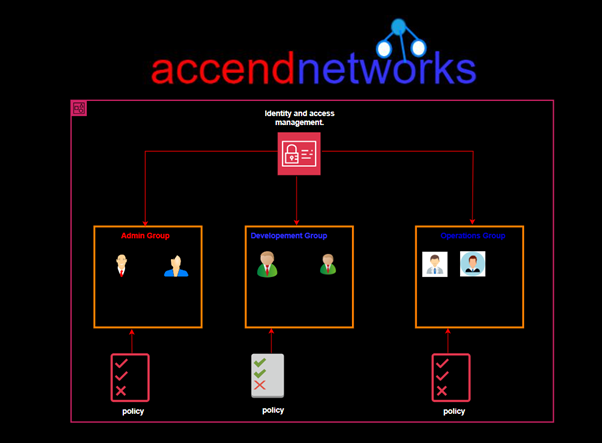
IAM groups are collections of IAM users that share the same set of permissions. Instead of managing permissions for each user, you can attach policies to a group, and all users within that group will inherit those permissions. This makes it easier to manage users with similar access needs, such as developers, administrators, or auditors.
IAM Roles
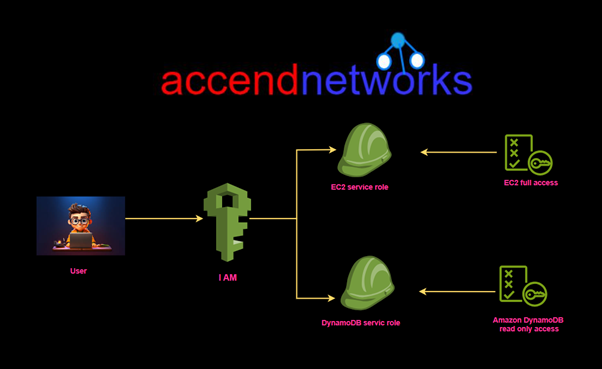
IAM roles used to grant temporary access to AWS resources without requiring long-term credentials like passwords or access keys. Instead, roles are assumed by trusted entities such as IAM users, applications, or AWS services (e.g., EC2, Lambda) when they need to perform certain actions. Roles have permissions associated with them through policies, and when an entity assumes a role, it temporarily gains those permissions.
What are IAM Policies?

An IAM policy is a JSON document that defines what actions are allowed or denied on specific AWS services and resources. It contains statements with actions, resources, and conditions under which access is granted or denied.
Actions: These define what the policy allows or denies.
Resources: These are the AWS resources on which actions are performed, such as an S3 bucket or an EC2 instance.
Conditions: Optional filters that refine when the policy applies, such as applying only to a specific IP address.
Managed Policies
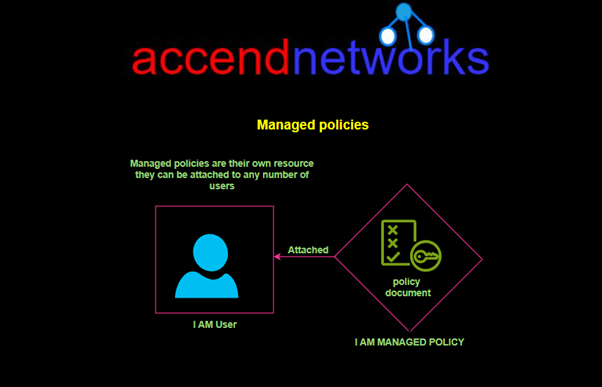
Managed policies are standalone policies that can be attached to multiple users, roles, or groups. They are easier to maintain because any changes to a managed policy apply across all entities attached to it. Managed policies come in two types:
- AWS Managed Policies: Predefined policies created and maintained by AWS. These cover common use cases, like AdministratorAccess which grants full access to all AWS resources, or ReadOnlyAccess which allows viewing but not modifying resources.
- Customer Managed Policies: Policies created and managed by AWS users. These are useful when predefined AWS-managed policies don’t meet specific business needs, allowing you to create custom policies tailored to your organization’s security requirements.
Inline Policies
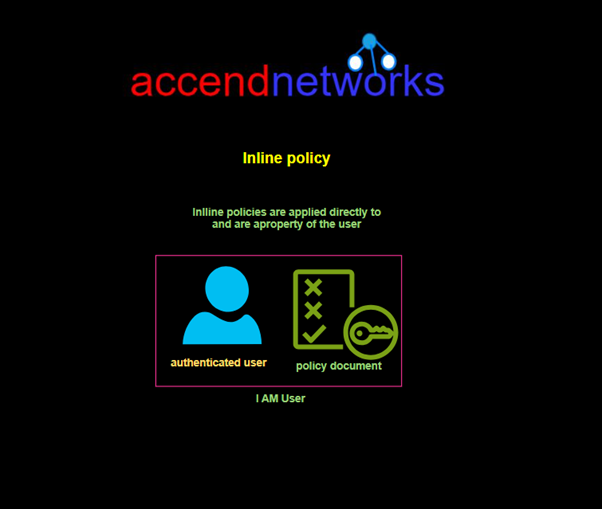
Inline policies are policies directly embedded within an IAM user, group, or role. Unlike managed policies, inline policies exist solely within the entity they are attached to and cannot be reused. Inline policies are best when you need strict control over specific permissions, such as granting temporary or highly tailored access to a particular user.
Comparison of Managed Policies vs. Inline Policies
Managed policies can be attached to multiple users, roles, or groups, making them reusable across various entities. In contrast, inline policies are attached to a specific user, role, or group and cannot be reused.
When it comes to maintenance, managed policies are easier to update because any changes apply to all the entities they are attached to. On the other hand, inline policies need to be handled individually for each user, role, or group they are attached.
The typical use case for managed policies is to provide general-purpose permissions that can be reused across multiple accounts, while inline policies are ideal for fine-grained control over specific entities.
Conclusion:
AWS IAM policies provide the fine-grained access control needed to manage who can access your resources and what actions they can perform. Managed policies are reusable, making them easier to manage across multiple entities, while inline policies provide more granular control for individual users or roles. Understanding when to use each type is key to maintaining security and flexibility in your AWS environment.
Thanks for reading and stay tuned for more. Make sure you clean up.
If you have any questions concerning this article or have an AWS project that requires our assistance, please reach out to us by leaving a comment below or email us at sales@accendnetworks.com.
Thank you!

